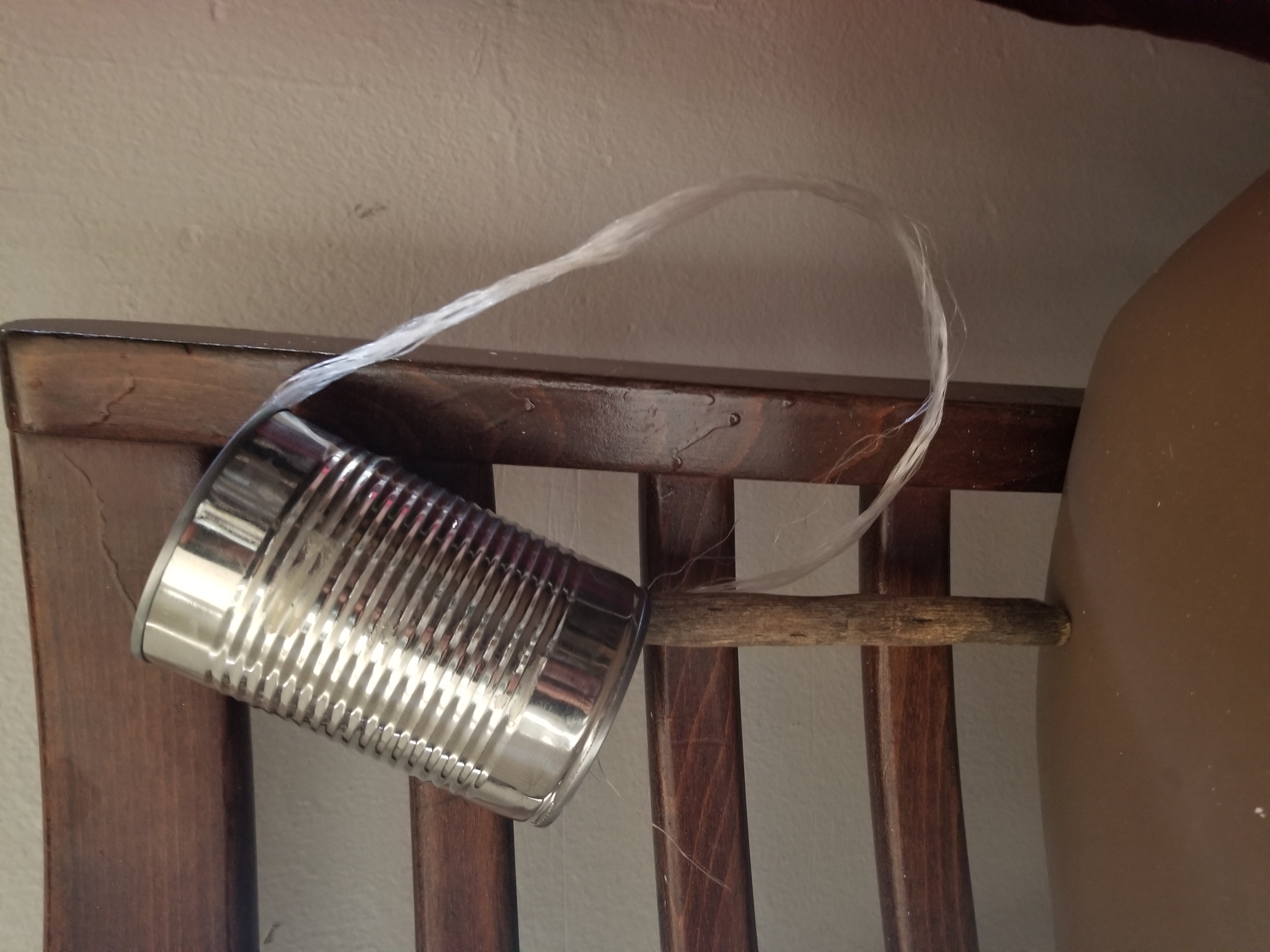Text:
Perform the physical action of knocking on the head of a virgin.wood, they would knock on the head of a virgin instead. This gesture can also be substituted with the phrase itself “knocking on the head of a virgin” as a form of proverbial speech.
Context:
In high school, the informant learned this saying from a friend who was Greek Orthodox and claimed it as a part of Greek Orthodox culture. Preliminary research has yet to provide any link between this superstition and Greek Orthodox culture, instead pointing towards this practice stemming from urban legend.
Interpretation:
Though the connection between wood as a material and virgin’s heads may seem far-fetched, the substitution of heads for wood is common in the practice of ‘knocking on wood.’ When someone knocks on their own head as a substitution for knocking on wood, they are not only participating in the superstition but also making a joke at their own expense, implying that their head is made of wood rather than brains and thus they are dumb. With this common conflation in mind, knocking on the heads of virgins as a substitute for knocking on wood presents both as a means of participating in the ‘knock on wood’ superstition while making a joke, this time at the expense of a group (virgins) rather than the self. The claim that this superstition comes from Greek Orthodox culture is so far unfounded and inexplicable.

